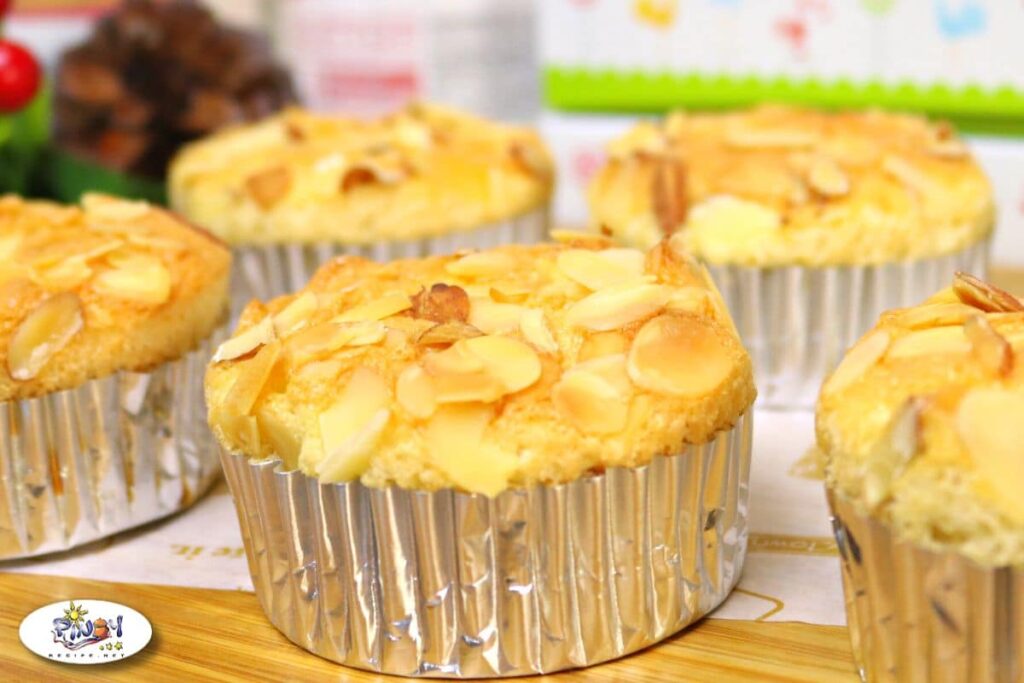Mamon cake is a light, airy, and fluffy sponge cake that is a favorite in Filipino households. Whether enjoyed as a simple snack or served during special occasions, Mamon is a delicacy that holds a special place in the hearts of many Filipinos. In this guide, we’ll explore the history, ingredients, and steps to create the perfect Filipino Mamon cake recipe, ensuring you can recreate this delightful treat in your own kitchen.
Introduction to Mamon Cake
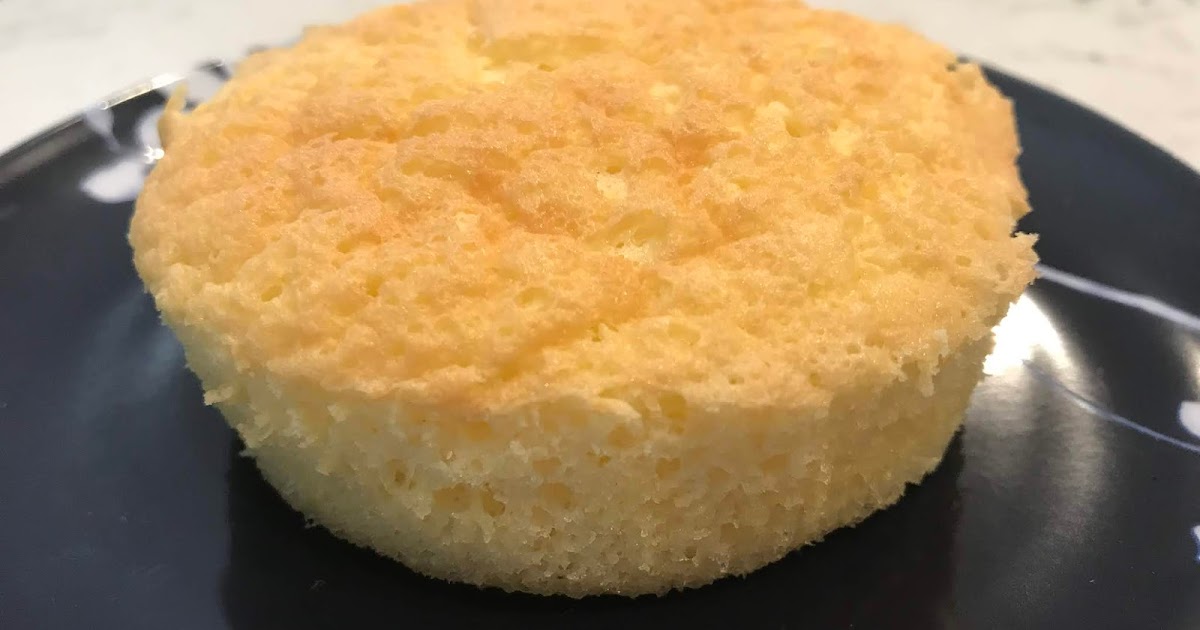
Mamon is a soft, spongy cake known for its lightness and buttery flavor. It’s often enjoyed as a merienda (afternoon snack) or even as a dessert. Unlike heavier cakes, Mamon has a delicate texture that almost melts in your mouth, making it a go-to treat for those who enjoy subtle sweetness without the guilt.
History of Mamon Cake
Mamon, which means “sponge cake” in Spanish, was introduced to the Philippines during the Spanish colonization. Over the centuries, the recipe has evolved, with Filipinos adding their own twist, such as incorporating cheese or buttercream. Today, Mamon is not just a cake but a cultural icon that reflects the blend of Filipino and Spanish culinary traditions.
Ingredients Needed for Filipino Mamon Cake
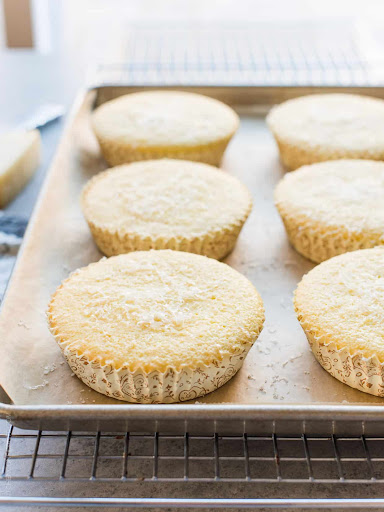
Essential Ingredients
To make the perfect Filipino Mamon cake, you’ll need the following ingredients:
- Cake flour: Provides the light and airy texture.
- Egg yolks and egg whites: Key to creating the fluffy consistency.
- Granulated sugar: Adds sweetness and helps stabilize the egg whites.
- Unsalted butter: Gives the cake a rich, buttery flavor.
- Baking powder: Helps the cake rise.
- Cream of tartar: Stabilizes the egg whites when whipped.
- Vanilla extract: Adds flavor.
- Evaporated milk: Contributes to the moistness of the cake.
Optional Ingredients for Variations
To add a unique twist to the traditional Mamon cake, consider these optional ingredients:
- Grated cheese: For a salty-sweet combination.
- Ube flavoring: For a vibrant purple hue and unique flavor.
- Cocoa powder: To create a chocolate version.
Tools and Equipment Required
Baking Tools Needed
For the Filipino Mamon cake recipe, you’ll need a few essential tools:
- Mixing bowls: Separate for wet and dry ingredients.
- Electric mixer or hand whisk: To beat the egg whites to stiff peaks.
- Rubber spatula: For folding the batter gently.
- Mamon molds or cupcake liners: Traditionally used to shape the cakes.
- Baking tray: To hold the molds in the oven.
Specific Tips on Selecting Molds
Mamon molds are typically round and small, similar to large muffin cups. They’re usually made of metal, which conducts heat well, ensuring even baking. If you don’t have Mamon molds, you can use standard cupcake liners, but ensure they are firm enough to hold the batter’s shape.
Step-by-Step Filipino Mamon Cake Recipe

Preparing the Ingredients
Start by gathering all your ingredients. Separate the egg yolks from the whites and allow them to reach room temperature. Sift the cake flour to remove any lumps and measure out your sugar, butter, and evaporated milk.
Mixing the Batter
- Beat the egg yolks: In a mixing bowl, whisk the egg yolks with half of the sugar until it’s pale and thick. Gradually add the melted butter, vanilla extract, and evaporated milk.
- Combine the dry ingredients: In a separate bowl, sift together the cake flour and baking powder. Slowly add this to the egg yolk mixture, stirring until just combined.
Whipping the Egg Whites
- Whip the egg whites: In a clean, grease-free bowl, beat the egg whites with the cream of tartar until soft peaks form. Gradually add the remaining sugar and continue beating until stiff peaks form.
- Fold the egg whites into the batter: Gently fold the egg whites into the egg yolk mixture, being careful not to deflate the batter.
Pouring into Molds
Carefully pour the batter into the prepared Mamon molds, filling each about three-quarters full. Tap the molds gently on the counter to remove any air bubbles.
Baking the Mamon
Preheat your oven to 350°F (175°C). Place the molds on a baking tray and bake for 18-20 minutes, or until the tops are golden brown and a toothpick inserted into the center comes out clean.
Cooling and Storing
Once baked, remove the Mamon from the oven and allow them to cool in the molds for a few minutes. Then, transfer them to a wire rack to cool completely. Mamon can be stored in an airtight container for up to 3 days at room temperature.
Tips for Perfecting the Mamon Cake
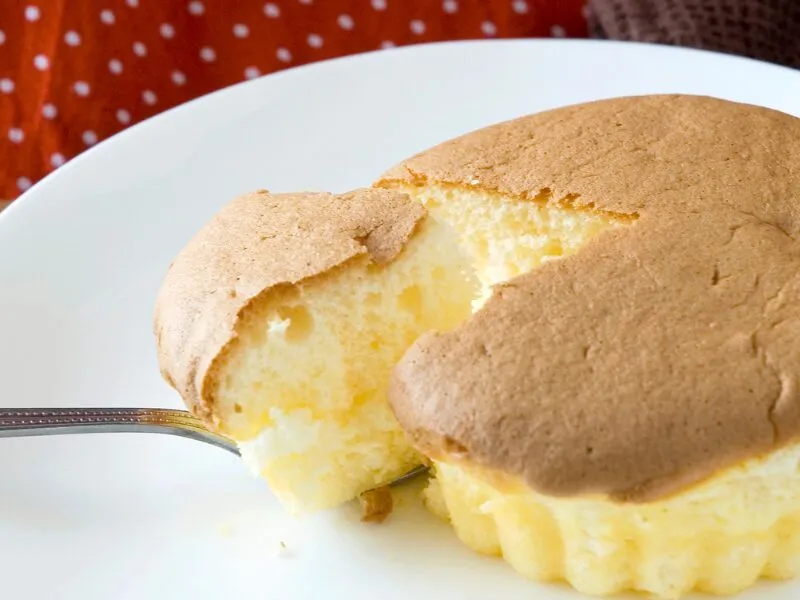
Achieving the Right Texture
The secret to a perfect Filipino Mamon cake recipe lies in the texture. The cake should be soft, fluffy, and slightly moist. To achieve this, be gentle when folding the egg whites into the batter, and avoid overmixing. This ensures the air incorporated into the egg whites remains, giving the cake its signature lightness.
Common Mistakes to Avoid
- Overbeating the egg whites: This can cause them to become dry and make the cake dense.
- Not sifting the flour: Skipping this step can result in lumps in the batter, affecting the cake’s texture.
- Opening the oven door too early: This can cause the Mamon to collapse. Wait until the baking time is nearly complete before checking.
Variations of Filipino Mamon Cake

Cheese Mamon
For a savory twist, add grated cheese on top of the batter before baking. The cheese melts into the cake, creating a delicious contrast of sweet and salty.
Ube-flavored Mamon
Incorporate ube flavoring or extract into the batter for a vibrant purple color and a unique flavor profile that adds a Filipino twist to the traditional recipe.
Chocolate Mamon
Add cocoa powder to the dry ingredients for a rich, chocolatey version of Mamon. You can also top it with chocolate shavings or a light dusting of powdered sugar.
Serving Suggestions
Best Pairings for Mamon Cake
Mamon is best enjoyed with a hot cup of coffee or a glass of cold milk. For a more indulgent treat, pair it with hot chocolate or tea. It also makes a delightful addition to a breakfast spread or afternoon tea.
Presentation Tips for Special Occasions
For special events, consider decorating the Mamon with a dusting of powdered sugar or a drizzle of condensed milk. You can also serve them in colorful cupcake liners to add a festive touch. Arrange them on a decorative plate or tiered stand for an elegant presentation.
Health Benefits of Mamon Cake
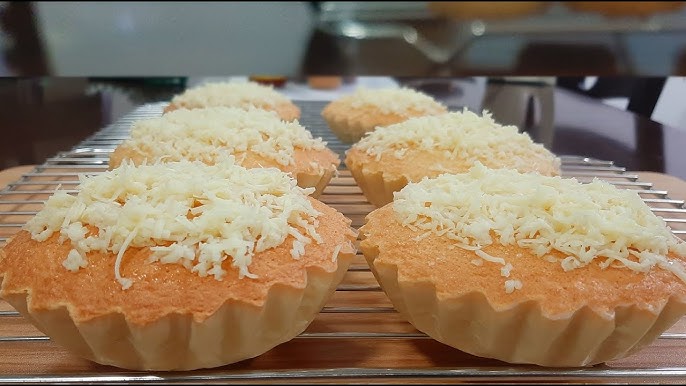
Nutritional Value of Mamon
Mamon is a relatively light and low-calorie treat compared to other cakes. The main ingredients are eggs, which provide protein, and cake flour, which contributes to the cake’s light texture. The use of unsalted butter adds a rich flavor without making the cake overly heavy.
How Mamon Fits into a Balanced Diet
While Mamon is a sweet treat, it can be part of a balanced diet when enjoyed in moderation. Its light texture and small size make it a great option for a satisfying snack without overindulging. Pairing Mamon with fruit or a protein-rich food can help create a more balanced snack.
Filipino Mamon Cake in Celebrations
Occasions Where Mamon is Commonly Served
Mamon is a popular choice for Filipino celebrations such as birthdays, fiestas, and religious holidays. Its light, airy texture and simple flavor make it a versatile dessert that can be enjoyed by guests of all ages.
How Mamon is Presented During Fiestas and Holidays
During special occasions, Mamon is often served alongside other Filipino delicacies like Ensaymada and Leche Flan. It’s common to find beautifully arranged platters of Mamon at parties, with each cake individually wrapped or placed in decorative liners.
Storing and Preserving Mamon Cake
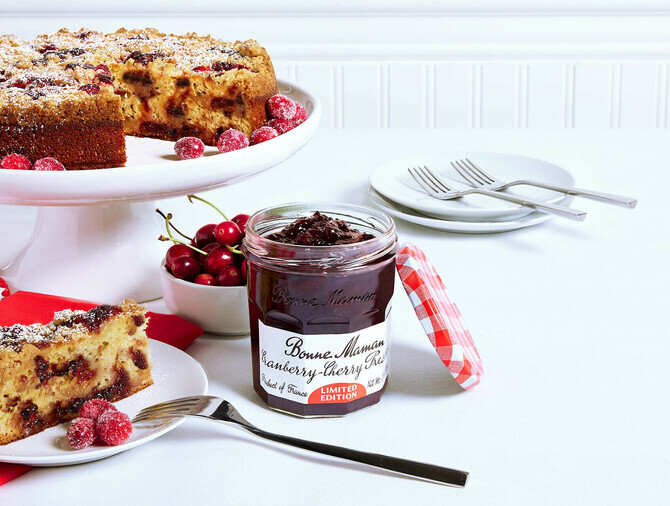
How to Keep Mamon Fresh
To keep your Mamon fresh, store them in an airtight container at room temperature. They will stay fresh for up to 3 days. If you need to store them for longer, place them in the refrigerator for up to a week.
Freezing and Reheating Tips
Mamon can also be frozen for up to 3 months. To freeze, wrap each cake individually in plastic wrap and place them in a freezer-safe container. To reheat, let the Mamon thaw at room temperature, then warm them in the oven at 300°F (150°C) for 5-7 minutes, or until just warmed through.
Conclusion
Creating the perfect Filipino Mamon cake recipe is both an art and a science. With its light, fluffy texture and rich, buttery flavor, Mamon is a cake that’s sure to impress. Whether you’re making it for a special occasion or just to satisfy a sweet craving, this recipe is a must-try for anyone who loves Filipino desserts. Enjoy the process of baking Mamon, and don’t be afraid to experiment with different flavors and

